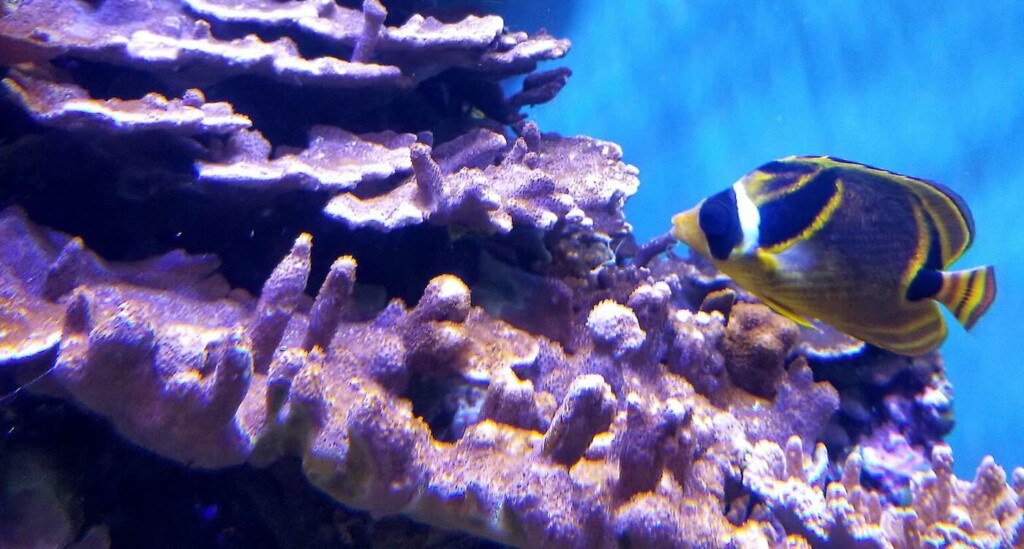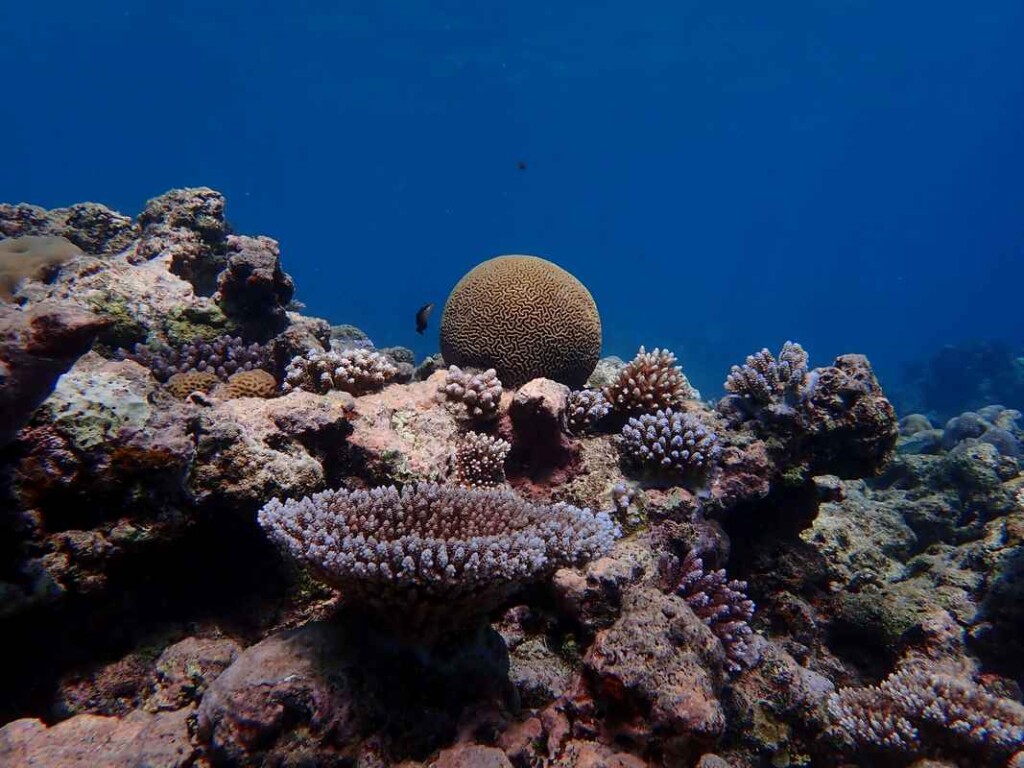 Coral Montipora dilatata by NicoT (Creative Commons-SA 4.0)
Coral Montipora dilatata by NicoT (Creative Commons-SA 4.0)Endangered coral reefs could be saved by a special ‘ink’, according to new research.
The bio-ink coating, called SNAP-X, was engineered by University of California scientists to help promote coral larvae settlement and restore threatened underwater ecosystems.
The new study, published in the journal Trends in Biotechnology, shows that the coating derived from algae could boost coral settlement by more than 20 times—and the research team hopes it could contribute to rebuilding coral reefs around the world.
“When people think about a coral reef, they often think about how beautiful it is,” says study author Dr. Daniel Wangpraseurt, of the University of California, San Diego. “What we sometimes forget is that coral reefs are one of the best structures in protecting our coasts.
“We are hoping to develop technologies to restore not just the ecosystem but the natural structures that will buffer shorelines against waves, storms, and floods.”
Scientists have previously tried to restore coral reefs, which have declined around the world since the mid-20th Century, mainly through planting nursery-grown corals. But Dr. Wangpraseurt says those lab-grown corals are “genetically identical” and therefore susceptible to the same threats—a warming event or a disease outbreak—that can wipe out the whole population.
“Ideally, we want to recruit corals naturally, which can introduce genetic diversity to the population and enhance their resilience,” he explained in a media release.
Enter pink algae to save the day
Biologists recently discovered that certain rocky pink algae, called crustose coralline algae (CCA), plays an important role in attracting coral larvae and encouraging them to settle on the reef. It emits metabolites into the surrounding sea, prompting coral larvae to follow those chemical signals.
LOOK: New Technology Lights Up Coral Beds to Speed Reef Restoration By Attracting Food
Inspired by that discovery, Dr. Wangpraseurt and his team developed a transparent ink material infused with metabolites derived from CCA. Dubbed SNAP-X, the ink slowly releases the natural chemical cues into seawater over the course of a month.
By applying SNAP-X to rocks or other surfaces, scientists can create an “inviting” microhabitat that helps coral larvae settle and grow the population.
The UCSD team tested SNAP-X outdoors using natural seawater and continuous water flow to simulate the ocean environment—all with great success.
They found that larvae produced by a major reef-building coral in Hawaii, Montipora capitata, were 20 times more likely to settle on substrates sprayed with SNAP-X, and the settlements became even denser when the team increased the concentration of the metabolites within the SNAP-X.
WOW: Full Recovery for Coral Reef Within 4 Years – The Speed of Restoration They Saw was ‘Incredible’
 SWNS
SWNSGiven that some species of coral reproduce by releasing their eggs and sperm at the exact same time every year, the researchers recommend syncing SNAP-X deployment with the coral’s spawning cycle to support natural coral recruitment.
Depending on the species of coral, they say the ingredients of SNAP-X can be tweaked to include different metabolites and chemical signals.
The team is now working on methods to scale up the production of SNAP-X—and because the ink contains no living materials, they hope it will soon be approved for application in the real world.
DID YOU KNOW? Pristine Coral Reefs Discovered Are Thousands of Years Old And Teeming With Life
“It’s really exciting,” said Wangpraseurt. “I think a lot of the technologies for restoring and protecting our environment are already there, we just need to look outside the box into other fields of study.”
SHARE THE INCREDIBLE SOLUTION With Ocean Lovers on Social Media…
Source link

